Embryo adoption
Embryo adoption is a simple assisted reproduction option with good pregnancy rates. By adopting an embryo, we avoid the invasive procedures of IVF, reduce medication, emotional stress and financial cost.

Ver vídeo
Do you want us to study your case?
What does embryo adoption consist of?
Embryo adoption is an assisted reproduction procedure in which a frozen embryo from a donation is transferred to the woman’s uterus. Embryo donation comes mainly from women or couples who have undergone IVF cycles and no longer wish to have children, it offers an opportunity for other couples and women who wish to start a family.
Criteria for the suitability of donated embryos
In order to donate embryos left over from IVF for the reproductive treatment of other women or couples, it is necessary to consider:

Biological age of the biological parents
The age of the biological parents who donate the embryos cannot exceed 45 years in the case of men and 34 years in the case of mothers.

Health check
Donors undergo a strict health check. In addition, it is necessary to check that both donors are free of diseases such as HIV or hepatitis B and C, and that they do not have genetic diseases.

Compatibility
We assign embryos that are compatible with the blood group, Rh and phenotype, although this aspect cannot be as fine-tuned as in cases of IVF treatment with double donation, in which we select the gametes individually.

Embryo in blastocyst
We transfer the embryo when it reaches the blastocyst stage(day 5-6 of development). If the embryo reaches this stage of development in good condition, the implantation rate is higher.
In which cases is embryo adoption suitable?
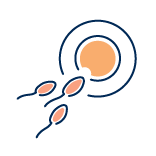
Couples with fertility problems, either due to poor oocyte quality, ovarian failure or low seminal quality.

Couples or women with previous failed assisted reproduction treatments.

Patients with repeated miscarriages.

Couples or women who want a simpler reproductive treatment.

Women without a male partner or with a same-sex partner.
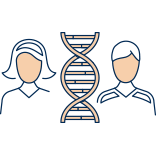
When there is a possibility of transmission of genetic diseases.

When, for ethical reasons, they wish to adopt, while also experiencing pregnancy, childbirth and breastfeeding.
Advantages of embryo adoption
Embryo adoption is an assisted reproduction treatment that more and more patients are using due to its multiple advantages:
Less medication. Since it is not necessary to stimulate ovulation or perform ovarian puncture, it is not necessary to use so many medications.
Fewer visits to the clinic. Since the process is simpler and the treatment is reduced, visits and check-ups at the clinic are reduced.
Lower financial cost. It is not necessary to carry out the processes of stimulation or ovarian puncture, so treatment costs are reduced.
No waiting time. Although it is necessary to look for an embryo that shares certain characteristics with the future parents (phenotype, RH, etc.), it is not necessary to wait to carry out the transfer.
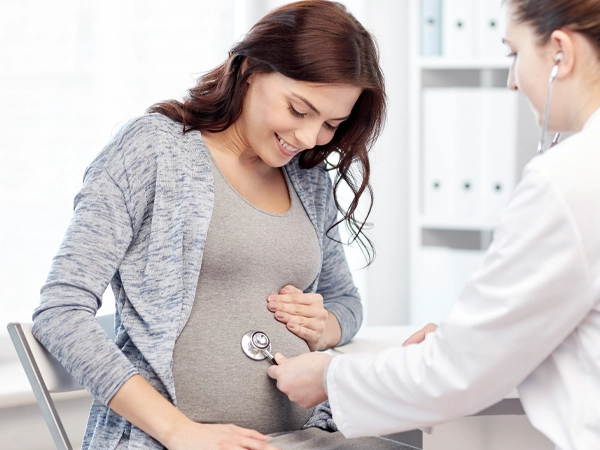
What is embryo adoption treatment like?
At Tambre, embryo adoption treatment is carried out using the following process:
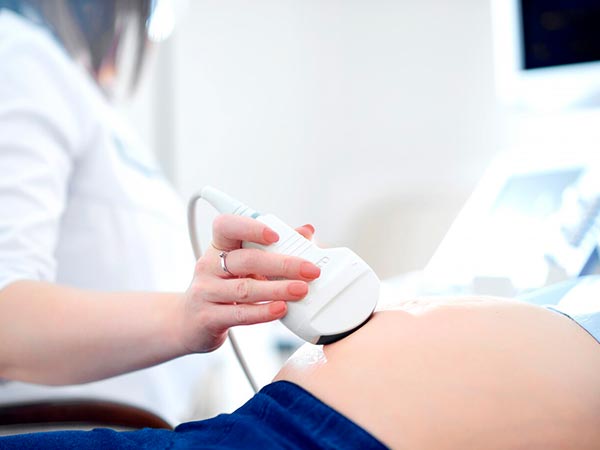
On the first visit to Tambre, the medical team will carry out a fertility study on the couple, in order to assess the needs and causes of the reproductive problem and determine the most appropriate treatment. If the medical team approves embryo adoption, we will design a personalised treatment.
Two to three weeks before the embryo transfer, we will begin the preparation of the future mother’s endometrial lining using oestrogens. The objective is to encourage the growth of the endometrium and to ensure that it acquires the appropriate thickness and appearance for the implantation of the embryo. We check the development using ultrasound monitoring, modify the dosage of medication if necessary, and start treatment with progesterone to facilitate implantation.
At this stage, we work with a previously selected embryo chosen for the highest compatibility, based on both its genetic profile and physical characteristics. The embryo is then devitrified (thawed) and placed in the optimal culture medium, allowing it to rehydrate before the transfer — a process carried out approximately two hours later.
Embryo transfer consists of implanting the embryo in the uterine cavity. This is a simple, painless and quick process that does not require anaesthesia or special care.
10 days after the transfer, the expectant woman will undergo a beta-hCG test to confirm if she is pregnant.
An option with success rates in pregnancies
Embryo adoption offers an opportunity for couples and women who wish to start a family without giving up the experience of pregnancy and childbirth.
Specialists in Advanced Reproductive Medicine
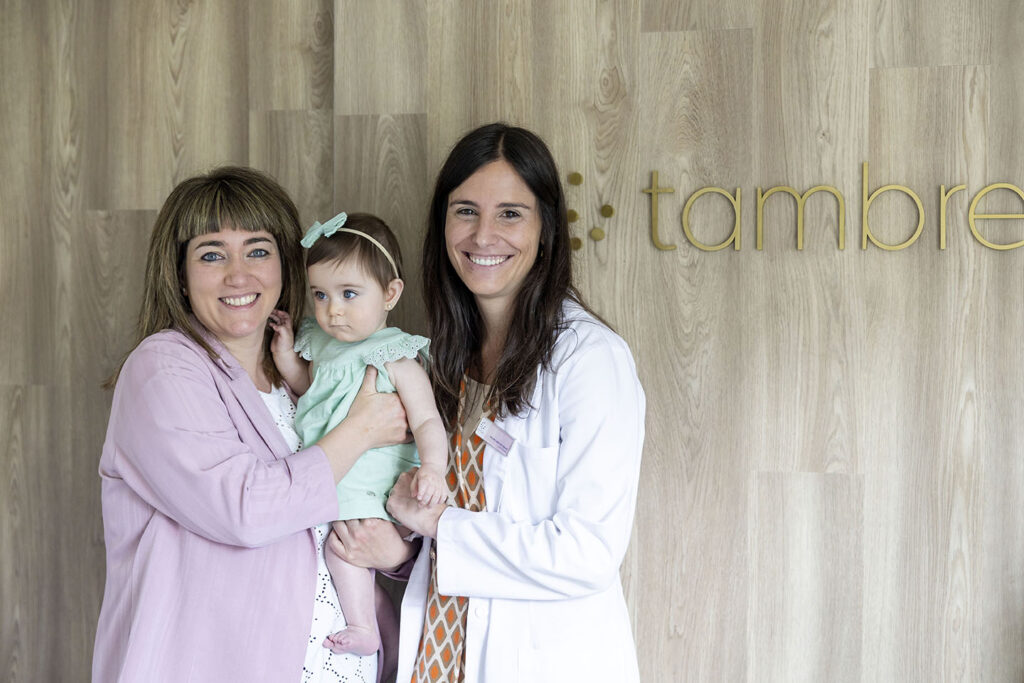
We are pioneers in assisted reproduction in Spain and Europe.
47 years of medical excellence.
We design tailor-made treatments.
- State-of-the-art assisted reproduction laboratory.
- Our own andrology laboratory.
- RI Witness™ for the safety and traceability of gametes.
- GERI®: Embryo Incubator®.
- Fenomatch, we find the right egg donor and/or sperm donor and match them with you.
- Zymot-ICSI (Chip Fertile), selection of the best sperm before ICSI.
- You will have your own gynaecologist and nurse, except for emergencies, and the same medical team will follow your case in depth and attend you from the beginning to the end of the treatment.
- You will have a consultant from our Specialised Tambre Care team who will support you and answer any question you may have throughout the whole process.
We stay with you
Our support team is always at your side for whatever you like
Shall we call you?
Our support team is always at your side for whatever you like
Or send us an email to atpaciente@clinicatambre.com




